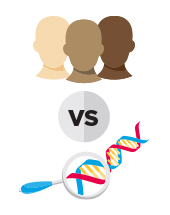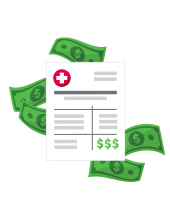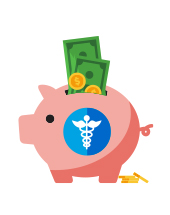The State of Cancer Health Disparities in 2022
Complex socioeconomic, cultural, social, and environmental factors drive and perpetuate cancer health disparities. While overall cancer incidence and mortality rates have declined for all racial and ethnic minorities in the U.S., these disparities persist, creating an enormous social and economic burden.









